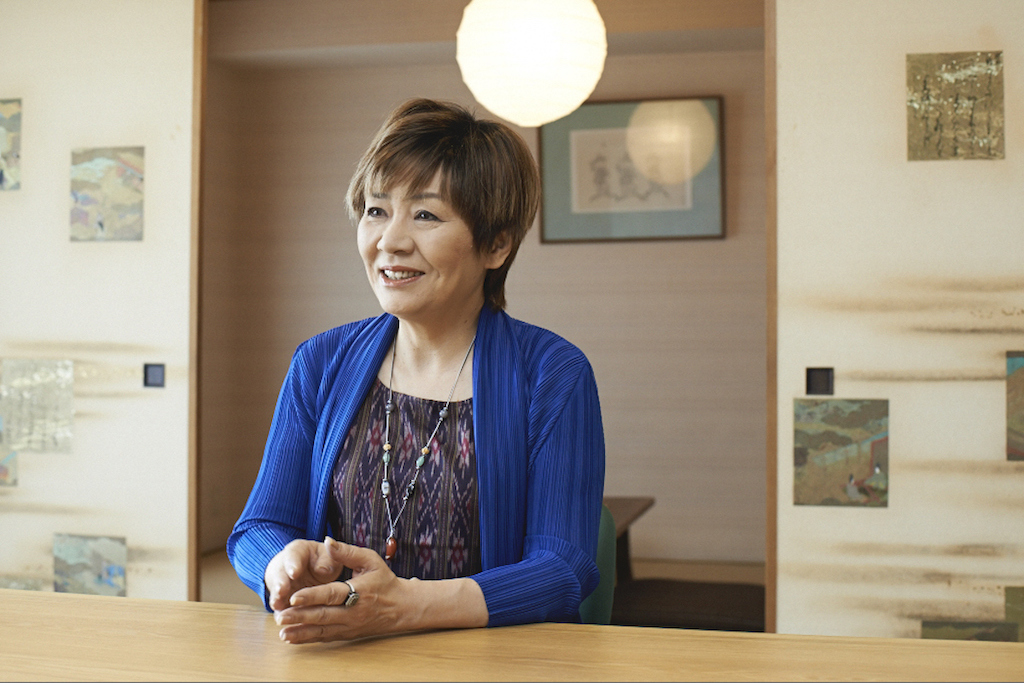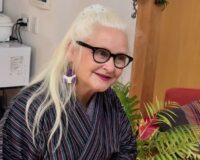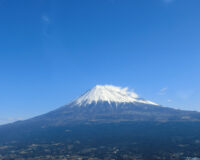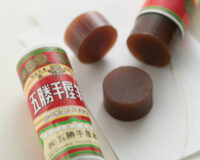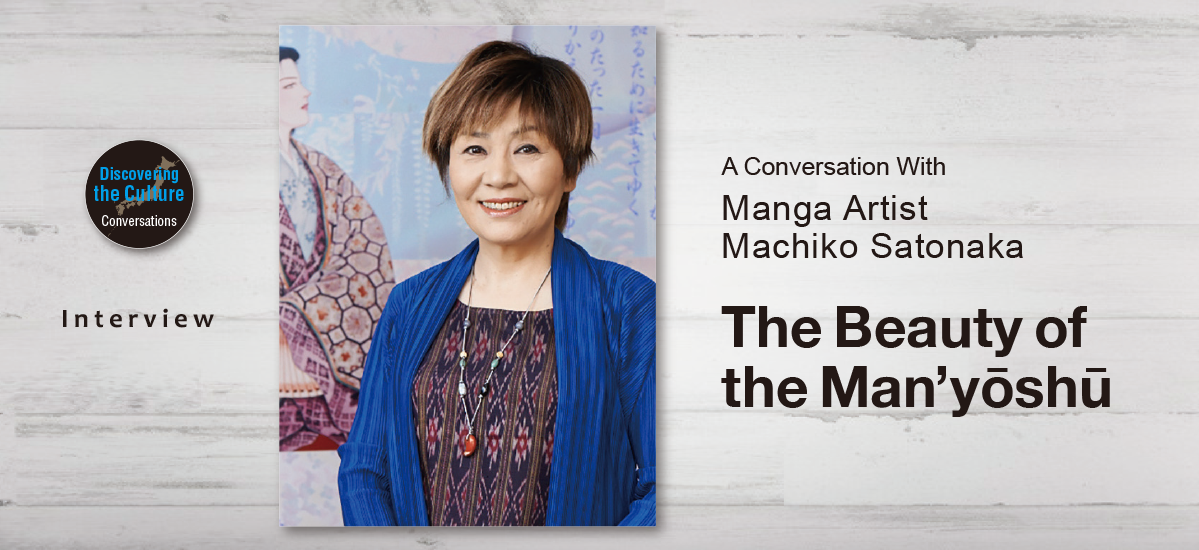
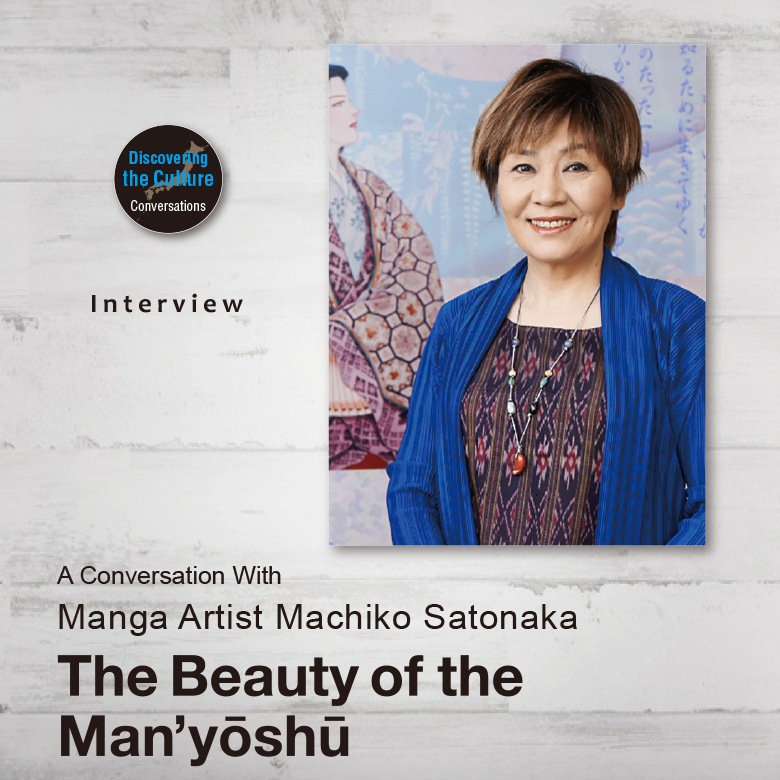
Machiko Satonaka has authored many manga set in the times of the “Man’yōshū” (a poetry anthology compiled between the years 600 and 759), beginning with “Tenjō no Niji” (Celestial Rainbow), the series that could be considered her lifework. She talks about her fascination for that period in Japan’s history.
Text : 山本健翔 Kenshow Yamamoto / English Version : Judy Evans
Keyword : Machiko Satonaka / Manga / Japanese Language / Kojiki / Manyoshu
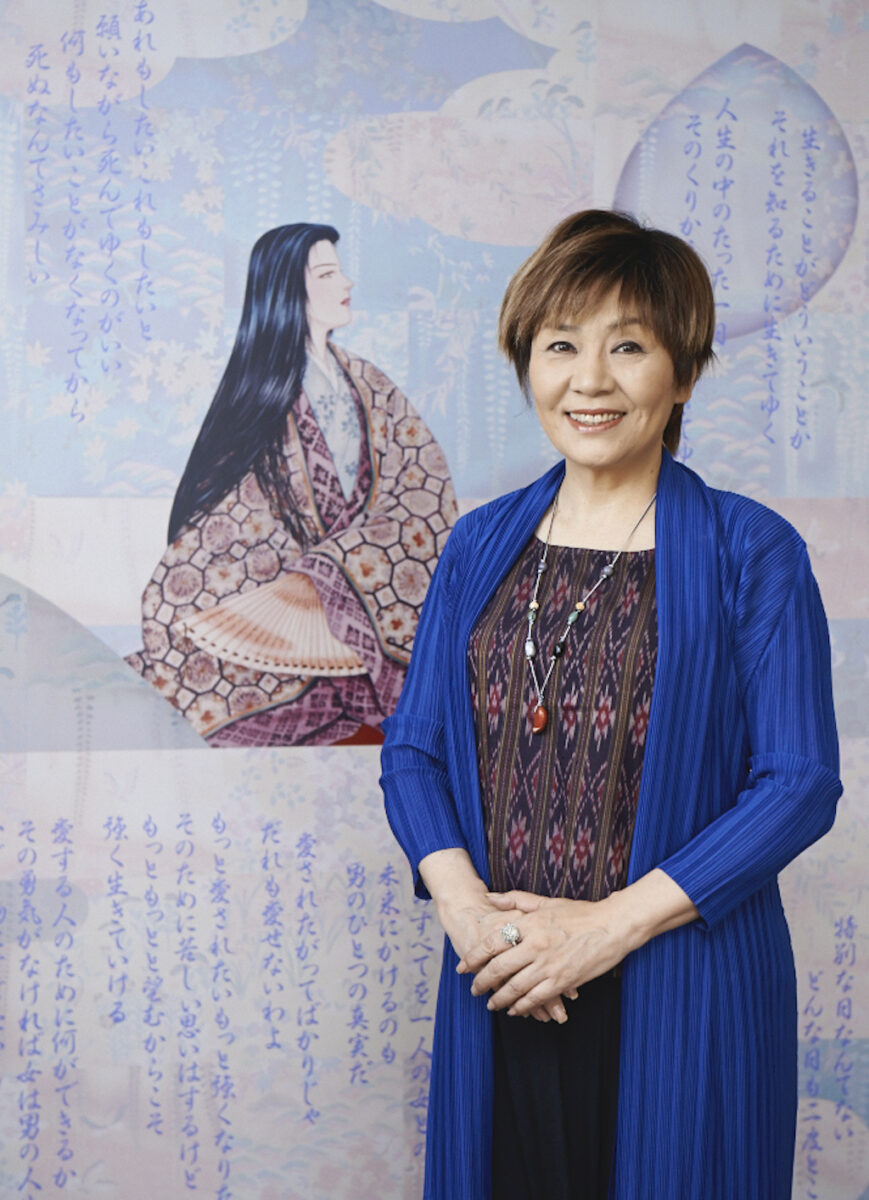
The Man’yō period had a certain ‘looseness’ about it. You could even say a kind of democracy developed during this more liberal period.
If you tried suggesting that 1,300 years ago, in Asuka Period Japan, there appeared a democracy of spirit, of culture, and of philosophy, you’d be laughed at, accused of overstating the situation or even of being downright wrong. However, this is what I believe.
At the time, Japan was trying to achieve international recognition as an independent nation. Laws were being put in place, a capital city had been constructed, and our own history books had been compiled. The imperial court was attempting to put in place all the trappings of a nation state. Elsewhere in the world at that time, affairs of the state were governed by men, with no place for women in government. However, this was not necessarily the case here in Japan. Concepts around gender roles were less rigidly defined here. This time, while Japan was styling itself as a nation, is also the time when the Man’yōshū, a very liberal anthology of poetry, was compiled. This anthology dealt with the works of emperors, criminals and vagabonds in the same way. Compared to international standards of the time, Japan may well have been considered somewhat undisciplined and wild. But I love the idea that this is the true essence of the Japanese character, and that even while we were trying to be accepted by the international community, we created such a loose anthology of poetry as the Man’yōshū.
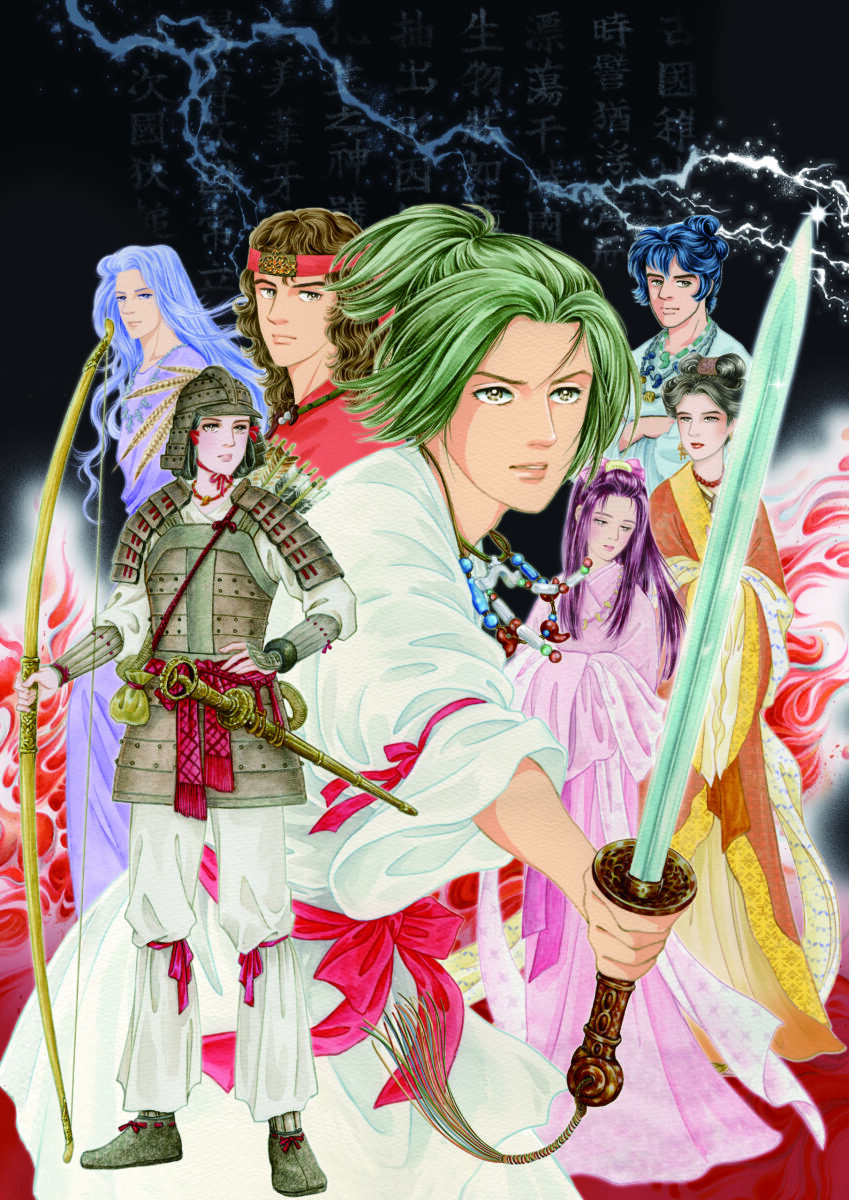
In the world of the Kojiki, things were decided not by decree, but by consultation.
At the same time that Japanese history books were being written in classical Chinese for political and diplomatic purposes, the Kojiki, a compilation of tales dealing with the origins of Japan, was written in Japan’s own native language. In the Kojiki, women were really strong. The Kojiki repeatedly shows women getting frustrated with men, who seem to lose courage just when it matters most. The sun deity, the most level-headed of the Japanese gods, is a woman. This is unusual, as it’s usually the moon that’s given female attributes, not the sun. But even this most powerful of all gods ruled not by decree, but by consultation. We see this in lines such as, “I wonder what’s going on down there – could someone take a look?”, or “Whom shall we send?”
Even the Kuni-yuzuri, the mythology that tells of how rulership of Japan passed from the earthly gods to the heavenly gods (from whom the imperial family are said to descend) shows a kind of looseness. Normally, those who get to write the history of a country would want to show how they utterly defeated their opponents, with their own side going down in history as being strong. But in the Kuni-yuzuri, this hand-over was achieved by negotiation. I find this deeply mysterious. And with this kind of foundation, whether in a book of poetry or in a history book, it’s precisely these values that have been handed down. This is where the true significance of Japanese people’s ‘looseness’ lies, and it’s because of this looseness that our unique culture and freedom of expression emerged. I think this is something we can be proud of.
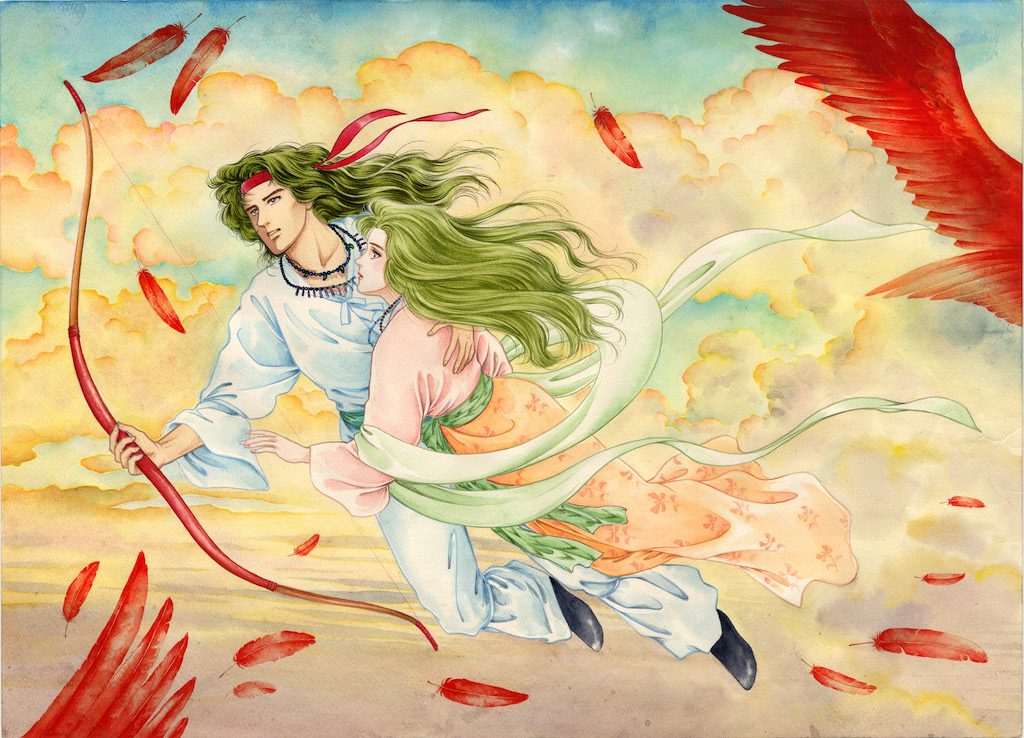
“The Japan I Cherish”
Machiko Satonaka talks about three things she cherishes about Japan.
① The Man’yōshū
The thing I most cherish is the Man’yōshū. As much as we talk about equality between men and women, Japan has remained a male-dominated society since the war. We say now that boys shouldn’t cry, yet in the Man’yōshū, men openly express their feelings about the pain of love. That’s something that surprised me when I noticed it in junior high. After that I noticed that poetry written by emperors and political offenders was treated equally. The voices of women in love came through strongly. Everyone, regardless of social status, seeks affection. Where else in the world could men and women, regardless of social status, share in culture like this 1,300 years ago? I find it amazing, absolutely wonderful!
② The Kojiki
The Nihon Shoki was written in classical Chinese and was intended for foreign diplomacy, to give the emerging nation and its imperial court a history that compared favourably with that of China. In constrast, the Kojiki, which was written in Yamato Kotoba, the contemporary Japanese language, has been called nonsensical. But one has to assume that this is the way the people of that time believed it ought to be. Amaterasu Ōmikami, the sun deity, was female. Some people choose to explain this through a political lens, saying that it’s because Japan’s imperial ruler at the time was a woman. I think there’s more to it than just that, though. The Kojiki deals with women’s true strengths and men’s true weaknesses. There also seem to be an inordinately large number of references to the use of bodily waste in the Kojiki, which makes it seem very ‘organic’ in today’s terms. It explains how every single thing came into being. Also, there is no definitive destruction in the Kojiki. Things just seem to evolve and develop in a loose, organic sort of way.
③ The Japanese Language
The Man’yōshū continues to be widely read today in its original form. As ancient as it is, the language is still Japanese. The Japanese language has the capacity to absorb different forms of writing such as kanji, katakana, hiragana and the alphabet, without abandoning old forms when new forms are adopted. Instead, everything is improved on, and can be used to convey a wide range of subtle nuances. We can even choose write horizontally or vertically, to suit our purposes or to achieve a certain tone.
Japanese sentence structure is such that you have to listen right to the end of the sentence to know whether it’s positive or negative. This allows you to consider how your words are landing as you speak and to find common ground with those you are speaking to. This has given rise to the virtue of listening to the other person’s point until the very end. Being able to resolve things without quarrelling is another positive aspect connected to that “looseness” that I mentioned earlier.
